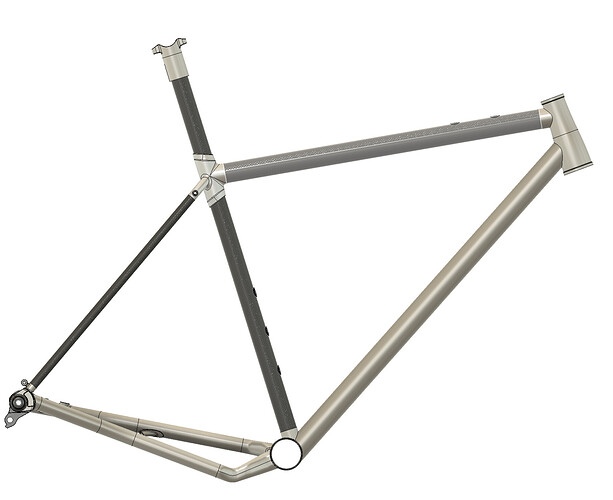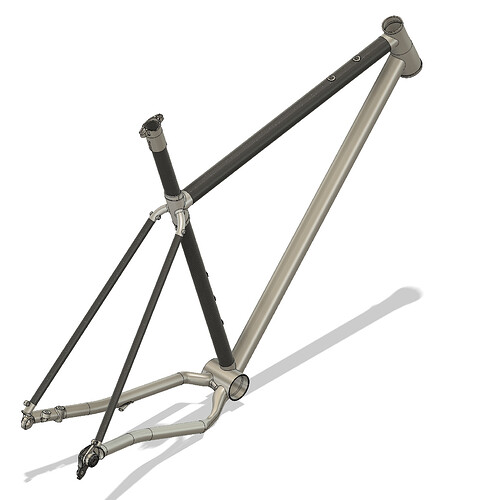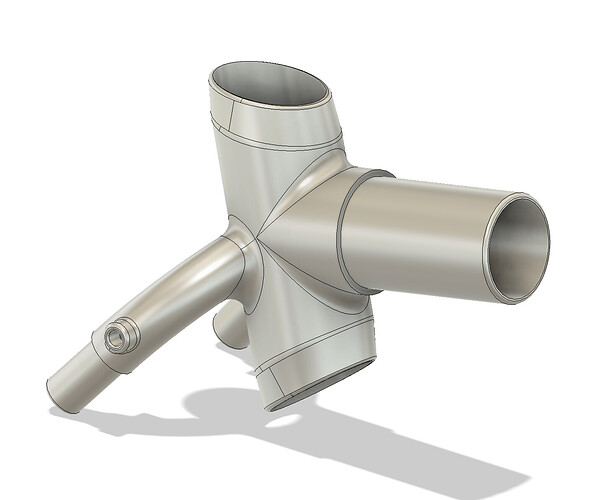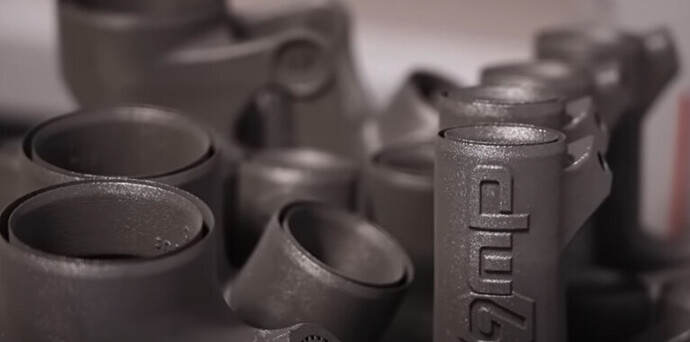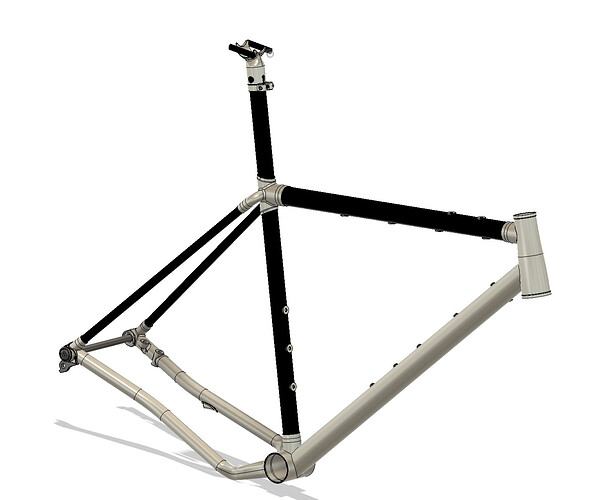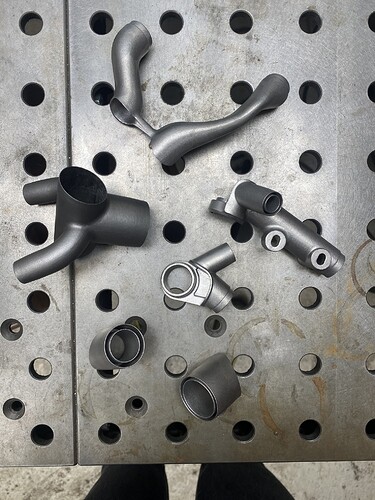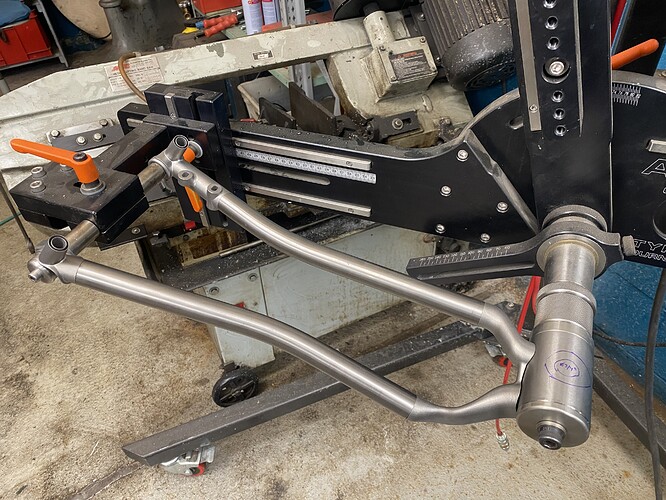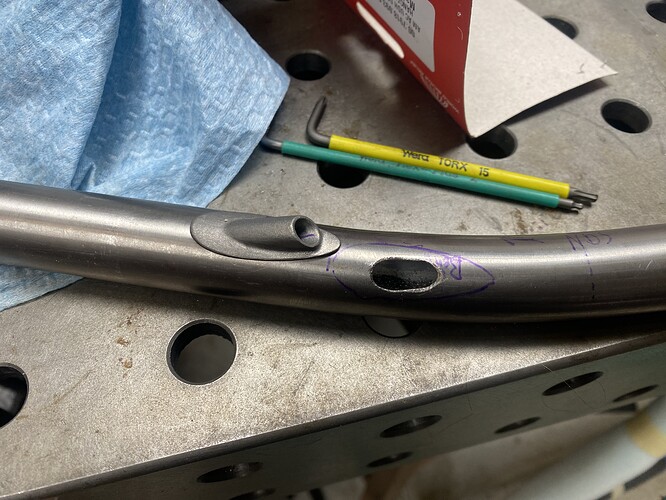A math prof explains high-speed shimmy
Dear Readers,
I received a letter from a math professor pointing out that bicycle high-speed shimmy is not a resonance phenomenon like I said it was in a recent column; it’s a nonlinear bifurcation phenomenon called “Hopf Bifurcation.” So, I asked him to expound on this, and I’m putting it in here, because there may be some of you who find this as fascinating as I do.
—Lennard
Dear Lennard,
A linear analysis leading to resonance is appropriate for any system where there is an oscillator that is being forced at a special frequency — the resonance frequency — and when this happens, the amplitude can simply build to infinity. This is not what happens in bicycle instability for two reasons: first, there is no periodic forcing that causes the high-speed wobble (in fact, it can happen on a smooth road); and second, there is not a phenomenon that shows a characteristic building of amplitude.
Instead, the high-speed wobble is a critical phenomena, which is typical of bifurcations and bifurcation theory in general. Below the critical parameter value, you see one thing, in this case a stable equilibrium characteristic of a smooth ride, and slightly above the critical parameter, the smooth ride is no longer stable (but it still exists as an equilibrium, but an unstable equilibrium, just as standing a stick upright is an equilibrium but unstable because if it tips even slightly away from the exact equilibrium, it quickly drifts away), but the now unstable equilibrium gives way to a stable periodic orbit, which is the wobble. And as the parameter increases, the amplitude of the wobble can increase to some larger but fixed amplitude.
Also, Hopf-born limit cycles are self-exciting if you like to see it that way, as opposed to resonance that requires an external forcing to excite the resonance frequency. (For resonance, think of a bridge with a special characteristic frequency and if soldiers march over it moving their feet just at that frequency, then you have resonance; this happened when I worked at the Naval Academy when some of the midshipmen forgot to break step and they actually did crack a walking bridge!)
There are many types of bifurcations, and they explain all sorts of critical phenomena on nature, and this type, the Hopf bifurcation, explains the onset of oscillations in all sorts of natural systems, from population dynamics, to chemical reactions, to airplane wing flutter, to stability of steerers in bicycles, trucks on trains (leading to derailment) to landing gear wobble on airplanes.
To many engineers not in the know, these oscillations and their onset are often mistaken for resonance, but it requires a nonlinearity in a certain way. This is often guessed by the critical onset of the phenomena as a parameter is adjusted.
For the bicycle scenario, the parameter in the engineering phase could be increasing the stiffness build of the bike — a stiffer bike will be more resistant. The several design parameters could all be “nondimensionalized” to a single, non-dimensional parameter as is necessary to explain with Hopf since it is a one-parameter phenomena (this concept is called co-dimension-1 bifurcation). Or once the bike is designed and built, then the parameter is speed. Each bike has a critical speed at which it will cross the Hopf bifurcation value, and then steady state becomes unstable and wobble becomes the stable state. This, by the way, is why it is very, very dangerous to try those 150 mph downhill bicycle attempts!
I am including some video of the flutter phenomenon which is an aeroelasticity phenomenon — airplane wings oscillate — you have probably seen it out of your window of your last plane ride (hopefully if an airplane hits a bump in the air, the wing oscillates back to its stable loaded state). But if the airplane goes faster, this state becomes progressively unstable. At a critical speed, the equilibrium becomes unstable, and there is born a limit cycle, which is a state where the airplane wings oscillates at a fixed amplitude. But the amplitude increases with increasing speed. Each airplane has a critical speed marked on its airspeed indicator (called VNE standing for “Velocity Not Exceed”). I have read that the FAA marks this fastest “safe” speed as 30 percent lower than the actual critical Hopf instability speed to build in a margin of safety. Often the wings fall off if you go Hopf. That’s bad.
Video 1 >>
Video 2 >>
Video 3 >>
Video 4 >>
The Tacoma-Narrows Bridge is also often cited as an example of resonance, but it broke also because of Hopf — almost for the same reason as the flutter in airplane wings.
By the way, in bicycle speak, Hopf bifurcation gives rise to what is called “weave” as the stable limit cycle.
And also, there is another characteristic bifurcation in the cycle mechanics called “capsize,” which is due to another bifurcation called the “pitchfork bifurcation”. (Pitchfork is also responsible for all sorts of exciting phenomena, including beams buckling.)
Funny timing, your waiting until today to ask about this, because it was today that I was working in great detail in my graduate differential equations class about the Hopf bifurcation, so I had collected some of these videos yesterday. …
I just stumbled across this webpage that seems to, at a glance, properly cite both Hopf and Pitchfork to explain weave and capsize.
Wow, here is a whole book that includes the proper discussion of Hopf, and trains and cars, etc. And here is an article focused on trains. Here is a decent write-up about the technicals of what is the Hopf bifurcation, including its normal form (a universal form hiding in the equations no matter what the application, if it is indeed Hopf.
—Erik M. Bollt
W. Jon Harrington Professor of Mathematics
Clarkson University
Dear Erik,
That’s cool! I was taught in college physics class that the collapse of the Tacoma Narrows bridge was an example of resonance. This is amazing to find out now that it was not. And bicycle high-speed shimmy I understood to also be resonance oscillation.
The good news is that the fix for the bicycle seems to be the same either way; making the frame torsionally stiffer and the wheels laterally stiffer deals with shimmy, whether it’s due to Hopf Bifurcation or resonance.
―Lennard
![]()

